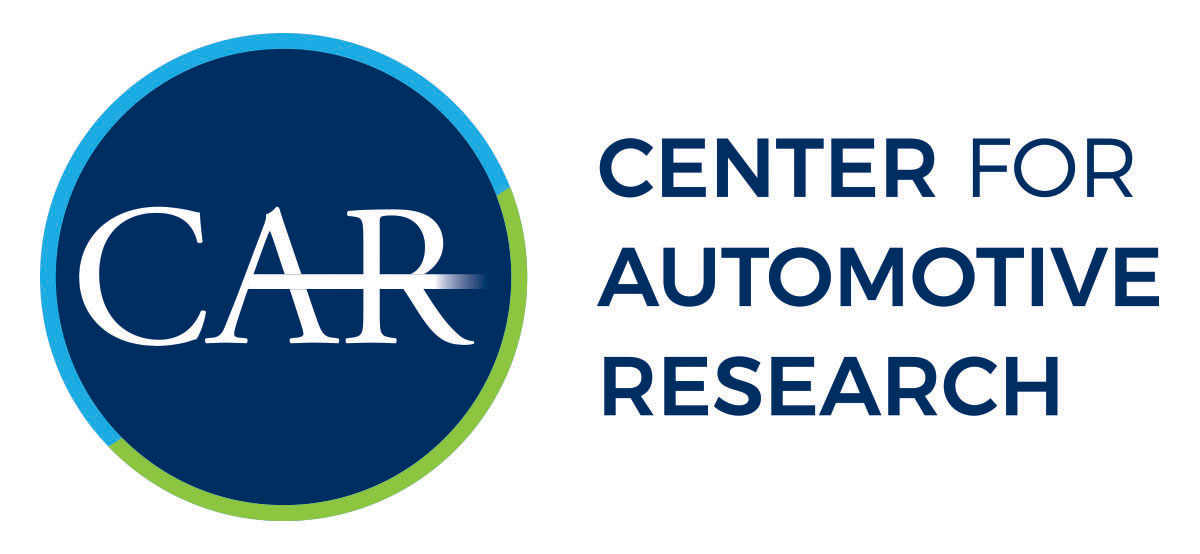Mixed Material Joining – Advancements and Challenges
Download NowFull Description:
The global emphasis on reducing carbon emission is pushing automakers to improve the fuel economy of their vehicle fleet. Vehicle performance (acceleration, road noise, vibrations, steering response, et cetera) and comfort features which also need to be improved every model year to meet customer expectations. Vehicle weight reduction, also called lightweighting, is being strategically pursued by automakers around the world to meet regulatory and market goals. New generations of automobiles are expected to contain increasingly larger quantities and diversity of innovative component designs, incorporating materials such as high-strength steels, aluminum, plastics, polymer composites, and magnesium. The use of these advanced materials creates the need to develop robust and cost-effective joining solutions for mixed-material parts and assemblies. Joining is a critical enabler to mixed material vehicles and represents different challenges relative to those with joining of monolithic materials – examples include; cost-effectiveness, thermal expansion, corrosion, durability, and process compatibility. This whitepaper investigates some of the popular methods for mixed material joining and identifies gaps, challenges, and opportunities in their implementation for a mass-produced vehicle. The content of this whitepaper is the result of the information the CAR team collected through an extensive literature survey and by interviewing more than 20 joining experts at several vehicle manufacturers and high volume suppliers.
Download Now